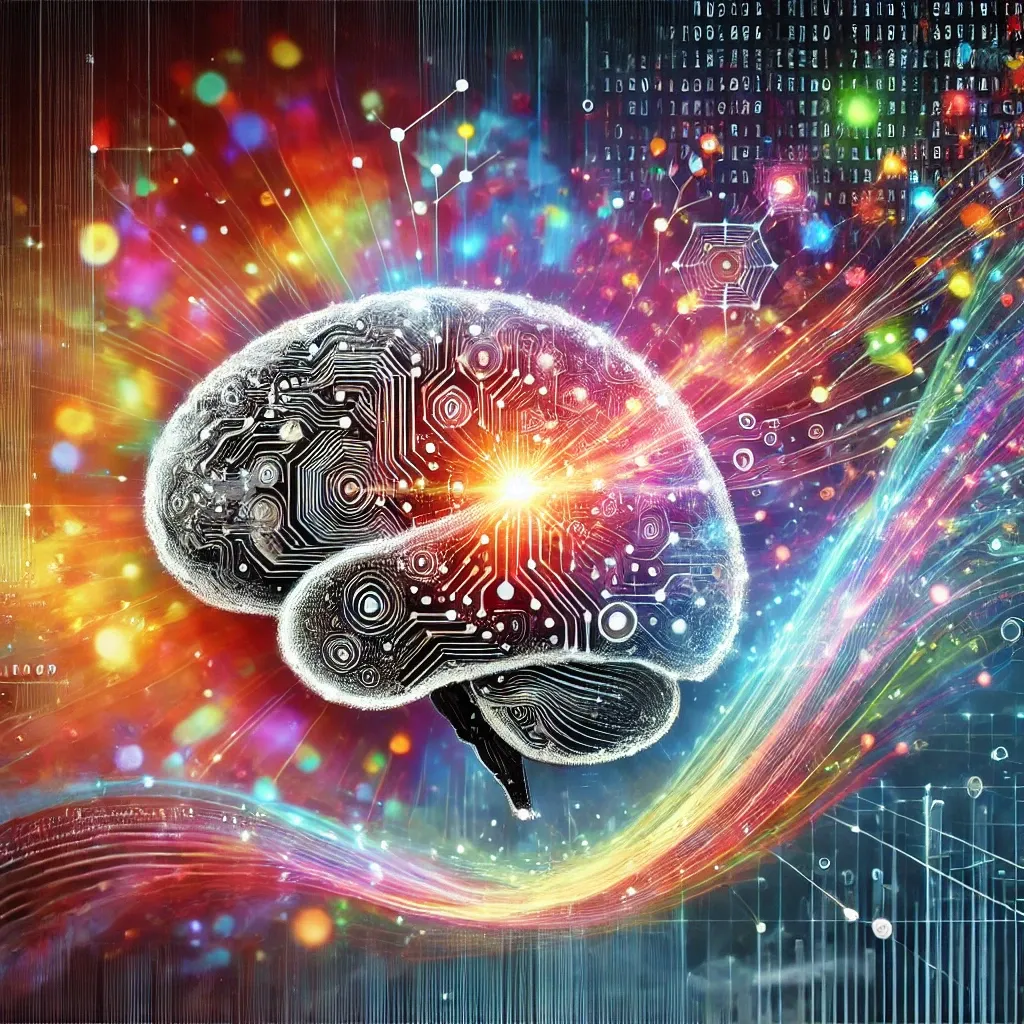Generative AI

Generative AI is artificial intelligence that can create new content or data, such as text, images, music, videos, and even code. It uses advanced machine learning models and intense learning techniques to learn patterns from existing data and generate outputs that mimic those patterns.
How Generative AI Works
- Training Data:
- Models are trained on vast datasets that include text, images, or other forms of data.
- The AI learns the data's underlying structures, relationships, and patterns.
- Model Types:
- Transformer Models: Used in text generation (e.g., ChatGPT, GPT-4, BERT).
- Generative Adversarial Networks (GANs): Used to create realistic images and videos.
- Diffusion Models: Used for image generation (e.g., DALL-E, Stable Diffusion).
- Output Generation:
- After training, the AI generates new content based on prompts or input, creating results that resemble the data it was trained on but are entirely new.
Applications of Generative AI
- Text Generation:
- Chatbots (e.g., ChatGPT)
- Content creation (articles, scripts, summaries)
- Code writing and debugging
- Image and Video Creation:
- Tools like DALL-E, Stable Diffusion for artwork and illustrations.
- Deepfake technology and video editing.
- Music and Audio:
- AI-composed music tracks.
- Voice cloning and text-to-speech systems.
- Product Design:
- Generating prototypes or new designs in fashion, architecture, and manufacturing industries.
- Healthcare:
- Generating synthetic medical data for research.
- Assisting in drug discovery.
- Gaming and Entertainment:
- Creating realistic characters, environments, and storylines.
Advantages of Generative AI
- Creativity: Enables the creation of content that would traditionally require human effort.
- Efficiency: Automates repetitive tasks, saving time and resources.
- Personalization: Tailors outputs to specific user preferences or contexts.
Challenges and Concerns
- Ethical Issues:
- Potential misuse for deepfakes, fake news, or malicious content.
- Bias in Outputs:
- Models may inherit biases from training data.
- Copyright and Ownership:
- Questions about the ownership of AI-generated content.
Generative AI is a transformative technology with the potential to reshape industries by automating and enhancing creative and technical tasks. However, its responsible use is essential to mitigate risks and maximize its benefits.
WBN Ai Edition
#Generative AI #Artificial Intelligence #Future Of Tech #AI Innovation #Digital Creativity #Tech Trends
Members Discussion

